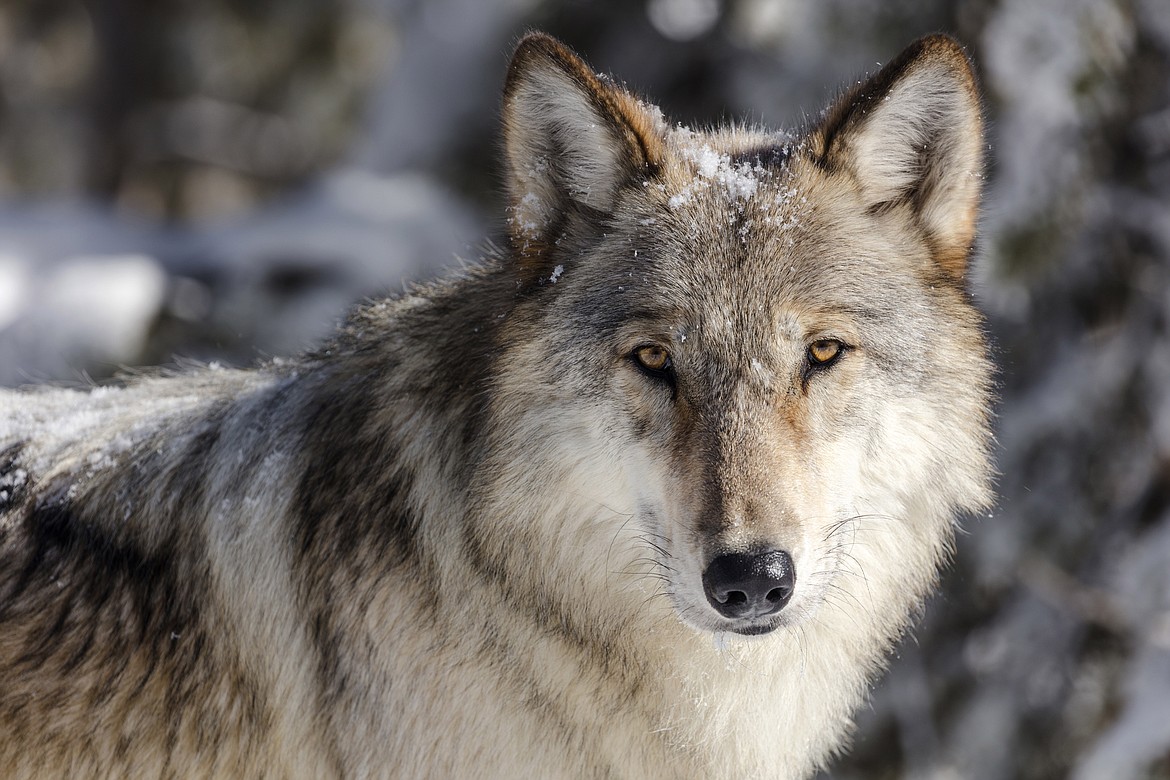Wolves in Idaho, Montana could get federal oversight
BOISE, Idaho (AP) — Two conservation groups asked the Biden administration to reinstate a federal monitoring program to oversee the management of gray wolves in Idaho and Montana following changes in wolf hunting laws in the two states intended to drastically reduce wolf numbers.
The Idaho Conservation League and the Endangered Species Coalition also on Wednesday urged federal officials to do a status review that could lead to relisting wolves under the Endangered Species Act...
Become a Subscriber!
You have read all of your free articles this month. Select a plan below to start your subscription today.
Already a subscriber? Login



